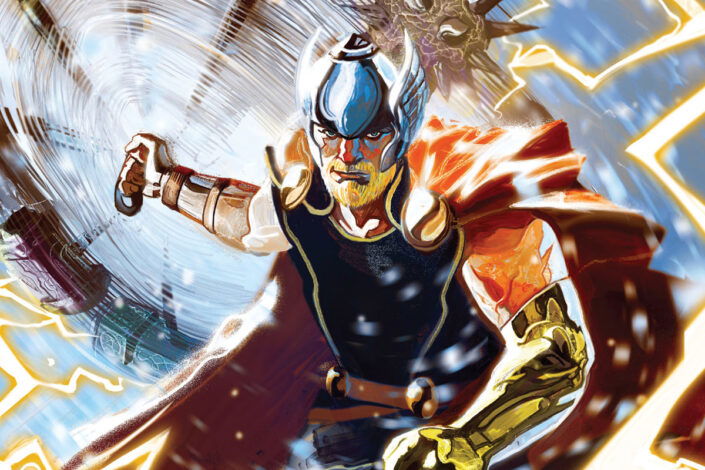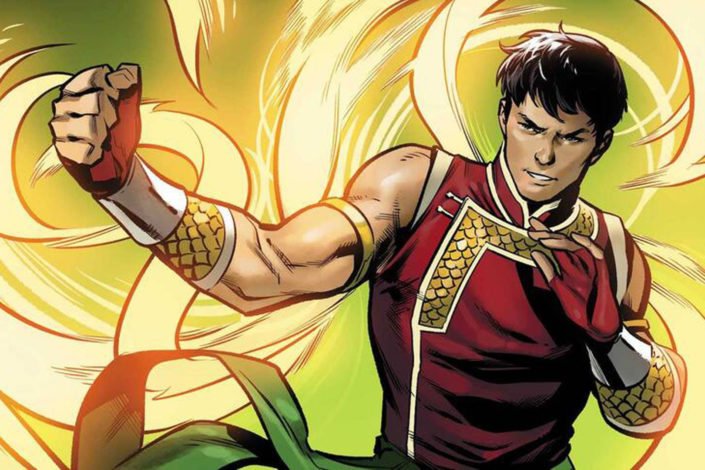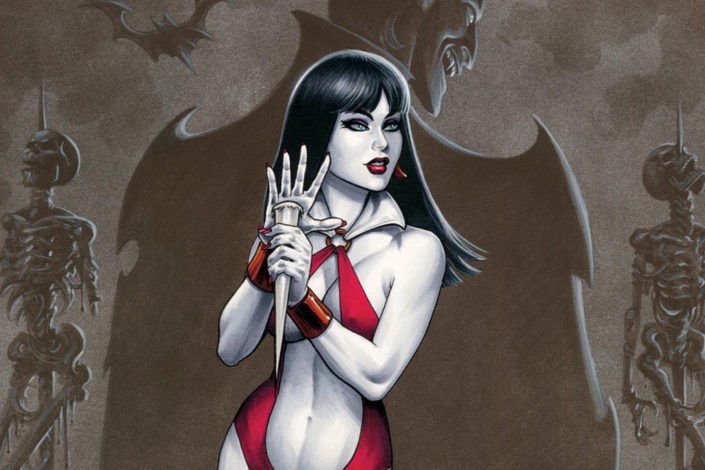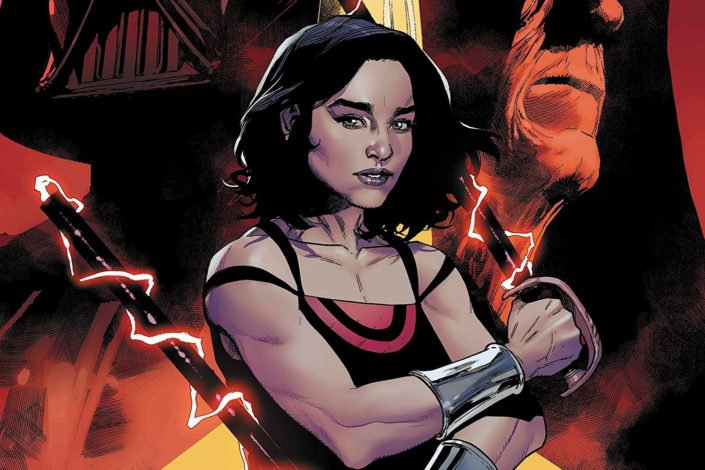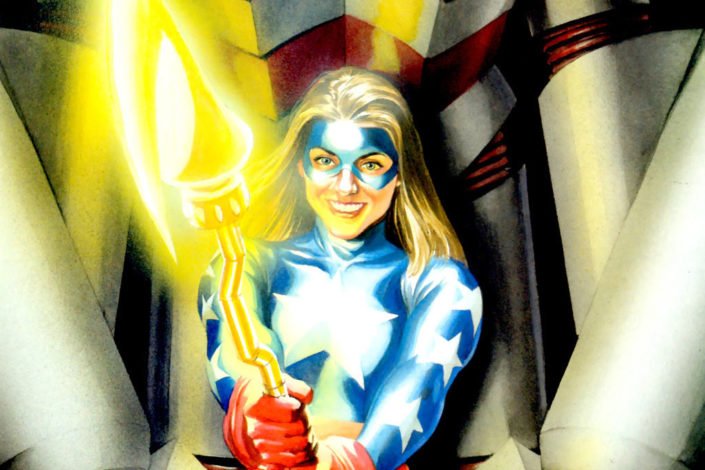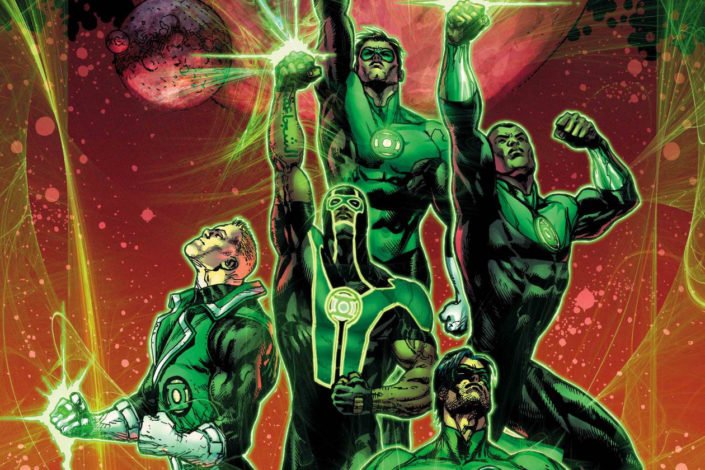Legion of Super-Heroes Reading Order, the team from the future
When Superboy met three teenagers and members of the Legion of Super-Heroes for the first time in the comic book Adventure Comics #247 (April 1958), he couldn’t predict how popular this young team would become. Created by writer Otto Binder and artist Al Plastino for a one-off story, the Legion is a team of young superheroes from the 30th and 31st centuries.
They proved so popular that they returned again and again, eventually becoming a regular feature in Adventure Comics #300. Sharing the spotlight with Superboy for years, the Legion finally earned its own comic title in the 1970s.
By the 1980s, the Legion of Super-Heroes was among DC’s best-selling series, alongside Uncanny X-Men and New Teen Titans. During this time, Paul Levitz wrote some of the most iconic stories in Legion history, including The Great Darkness Saga. Later, Keith Giffen took the series in a darker, more experimental direction, but not without its share of continuity challenges.
To reconnect with a lighter and simpler Legion, the Legion of Super-Heroes title was rebooted by Mark Waid, Tom McCraw, and Stuart Immonen In 1994. Ten years later, sales were failing, and despite good reviews, Waid and Barry Kitson rebooted the series again, creating a third incarnation of the Legion.
Generally, when a new version of the Legion was introduced, the previous team was usually erased from continuity, as they all occupied the same place in history. Each team was meant to represent a different possible future for DC. In 2008, writer Geoff Johns changed this concept with Final Crisis, revealing that the different versions of the Legion come from separate worlds but still interact with the main Earth’s history. This allowed all the Legion teams to coexist, and the pre-Crisis team was restored to continuity for the occasion. In 2019, a new version of the team was introduced by Brian Michael Bendis.
The Legion became a beloved team, with a history that’s anything but simple. Full of stories ranging from lighthearted to dark and serious, from soap opera to high sci-fi, and everything in between, you can now explore their rich past with our Legion of Super-Heroes Comics reading order!
Read More »Legion of Super-Heroes Reading Order, the team from the future

